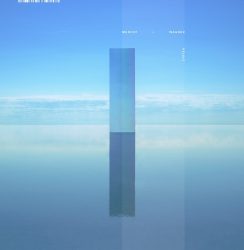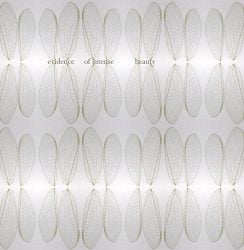DreamScenes 2016 – 12
DreamScenes usually only features new releases, but this month I want to start with an exception in remembrance of Pauline Oliveros.
Among many other things, she will be remembered for her Deep Listening concept.
Concluding this edition with a track by Mario Batkoviç that feels like a (probably unintended) tribute to Oliveros.
In-between, there’s many other things (… and also many strings).

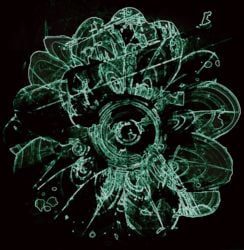
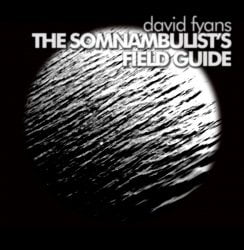
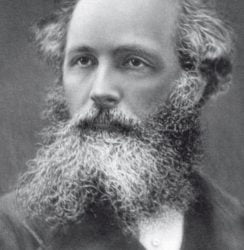


![The [N]-Word](https://www.ambientblog.net/blog/wp-content/uploads/2016/10/N49Simulacra_Birka-244x250.jpg)
